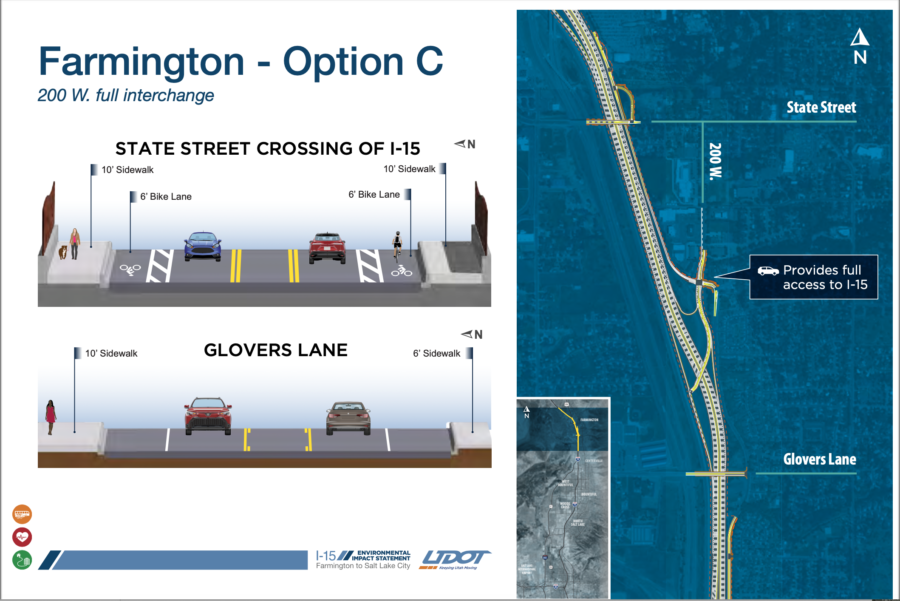By the time Weber State University students are ready to graduate, they’ve gone through numerous credit hours, taken dozens of classes, and even more tests. The one requirement that most students complete, but might not understand, is the Computer and Information Literacy requirement.
“The CIL requirement has been a requirement of all Utah universities for 15 years,” said Laura Anderson, an instructor specialist in the Telecommunications and Business Education Department at WSU.
Anderson said that the requirement is similar to the math and English requirements, stating that proficient computer use was considered just as important by the Utah State Department of Education.
“The Computer and Information Literacy requirement at Weber has two parts. Computer literacy consists of knowledge of the Microsoft Office suite — Word, Excel and PowerPoint as well as the Windows Operating System. The information literacy part consists of knowledge of Internet and library research skills.”
The CIL requirement is comprised of four parts, A through D. Parts A, B and C make up the computer literacy component, while Part D makes up the information literacy component.
Students are required to complete the CIL requirement in one of three ways — through testing out of each module, by completing two separate on-campus lecture courses, or online. Anderson said that the difference is based on the way students learn.
Juli Caldwell, a WSU senior majoring in English with an emphasis in technical writing, said she took the CILs through the lecture and online courses, rather than just testing out.
“I completed Part D in an online course,” Caldwell said. “I chose to take Parts A through C in class because I knew learning Excel would be hard for me.”
Caldwell also said that she felt the CIL requirements aren’t as valuable as they were originally.
“Any student coming into Weber is going to have a basic understanding, at the very least, of e-mail and Word,” she said.
Caldwell also said she thought students would be better served if incoming students were tested on their computer skills, then, if students didn’t pass, the courses would be required.
Anderson said that the tests are kept up-to-date with current software because it is changing so often. She said that if a student learns a software program in high school, they are likely to be out of date in 18 months if they do not keep learning as software changes.
“Computer knowledge is obviously a requirement for almost all jobs that students will get upon graduation,” Anderson said. “I personally believe that the university is doing a disservice to students by sending them out with a degree, and without the knowledge and skill they need to get a job.”
Anderson said that there is currently no plan to remove the CIL requirement like other Utah schools have. She said that there will be discussion in the next year as the general education requirements are reviewed.
“This year, the General Education Committee of the faculty senate is looking at the general education requirements on campus,” Anderson said. “This is one of the discussions that we will be having.”













